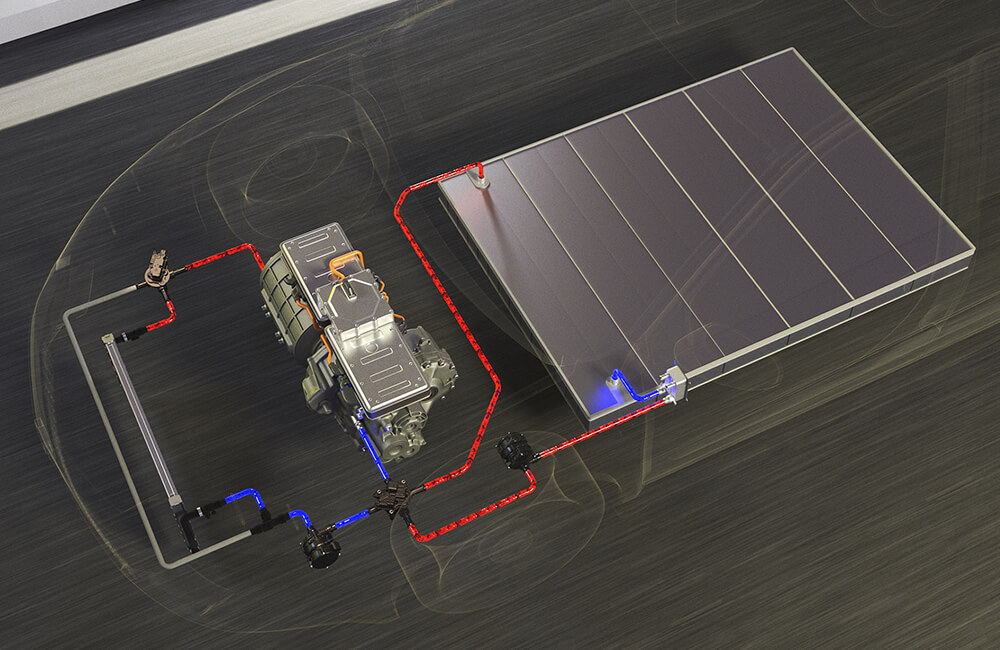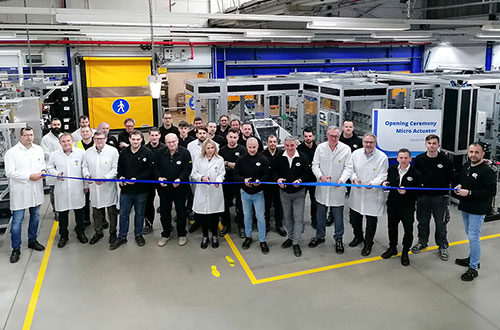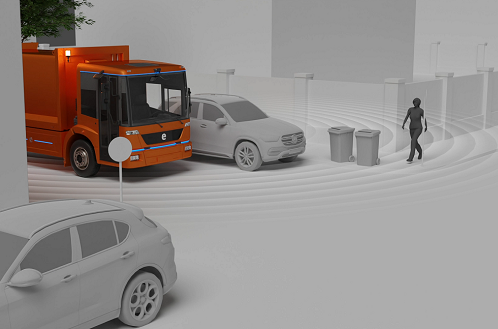|
|
|
|
|
|
|
|

Thermal management in the cooling circuit
19-05-2021To be able to operate electric and hybrid vehicles with a particularly high level of efficiency, it is necessary to keep the electric motor, power electronics, and battery at an optimal temperature range. That requires a perfectly designed thermal management system.
The key points in short
- Batteries can only perform to their full potential in the optimum temperature range, something facilitated by a coordinated thermal management system.
- A distinction is made between direct and indirect battery cooling, where direct cooling cools the element or area and indirect cooling removes heat from a specific area.
- HELLA offers the Rotatory smart actuatorsfor 360° angle for controlling the coolant valves.
The more complex the vehicle, the more important thermal management becomes
Thermal management controls heat flows in vehicles and is even more important as the vehicle becomes more complex. The efficiency of electric and hybrid vehicles is directly related to the temperatures of the e-motor and power electronics, as well as the battery. The goal is to keep everything within an optimal temperature range.
In the event of short-term peak loads and high electrical currents, such as during recuperation or boosting, the battery cells can heat up considerably. In the summer months, high outside temperatures are added to this – and the critical value of 40 °C is quickly reached and even exceeded. Optimum cooling must therefore be ensured.
Unlike internal combustion engines, the e-motors themselves generate little heat, so additional heating is needed to warm the interior. Additional heating means much more effort for battery management.
The e-motors and power electronics must always be cooled appropriately, while batteries are cooled or heated as needed. The entire cooling system in the vehicle is therefore divided into several circuits: The system is driven by the coolant pump so that the coolant flows to the corresponding actuators. These actuators control the coolant flow for the corresponding components as needed.
Rotatory smart actuators for 360° angle
- HELLA offers the Rotatory smart actuators for 360° angle for controlling the coolant valves.
- The Rotatory smart actuator for 360° angle is able to perform very fine control based on a LIN/PWM control.
An optimized heat balance in an electrified vehicle depends directly on the products used in thermal management and intelligent valve control. In this way, the vehicle moves with maximum efficiency.
The Rotatory smart actuator for 360° angle controls coolant valves
Indirect battery cooling – how does it work?
To achieve particularly high efficiency, all components must be operated at ideal temperatures. This requires a sophisticated thermal management system. The cooling circuit removes heat from an element or area to be heated, whereas a refrigeration circuit cools the element or area.
Indirect battery cooling
Effective thermal management is all the more important as the battery becomes more powerful. That is why a coolant and refrigerant-based circuit is composed of several small circuits. For example, a single small cooling circuit consists of:
- Radiator (low temperature cooler)
- Coolant pump
- Thermostat
- Coolant shut-off valve
In addition, the refrigerant circuit of the air conditioning system can be integrated via a heat exchanger, also known as a chiller. At low outside temperatures, the high-voltage coolant heater warms up the battery.
What are the components of the coolant and refrigerant-based circuit?
The circuit is composed of the following elements:
- Chiller – Special heat exchanger for both the coolant and refrigerant circuits
- Battery cooler – Responsible for cooling the battery (direct or indirect cooling possible)
- Electric compressor – Cools down the coolant together with the air conditioner
- Shut-off valve (cooling valve actuator) – Responsible for actuating the engine and split cooling valve in the cooling circuit
- Low-temperature cooler – Keeps coolant temperature below 60 °C in a separate cooling circuit
- High-voltage coolant heater – Responsible for heating the coolant at excessively low temperatures
- Thermostat – Keeps the coolant temperature constant
- High-voltage auxiliary heater – Known as an electric auxiliary heater, provides separate heating of the vehicle interior
- Power electronics – Controls electric engines and ensures that the engine communicates with vehicle controls
- High-voltage battery – Consists of interconnected battery modules and is a key component of the circuit
- Condenser – Cools heated refrigerant in the compressor
Conclusion: Sophisticated thermal management pays off
Sophisticated thermal management in electric vehicles is essential to saving energy and money and protecting the environment. The better the thermal management, the more efficiently the energy is used. Investing in excellent thermal management is therefore worthwhile.
See also our video: Thermal management in electric and hybrid vehicles
or use our contact form and let us help!




